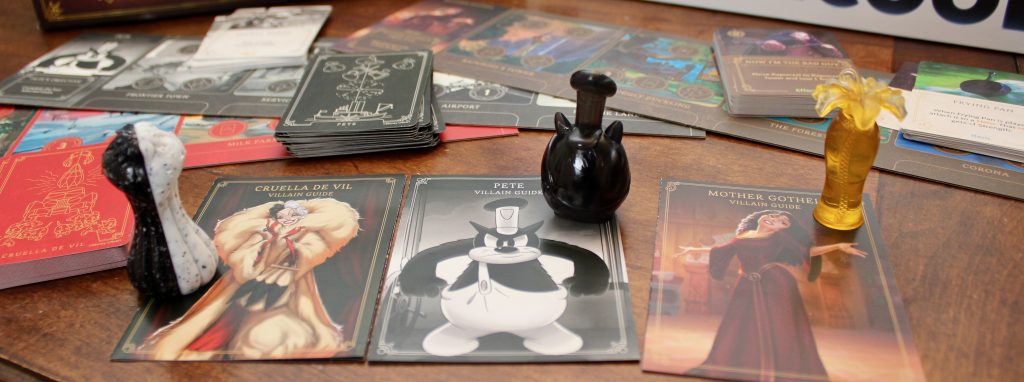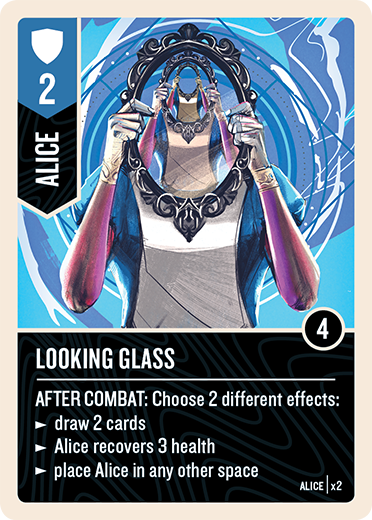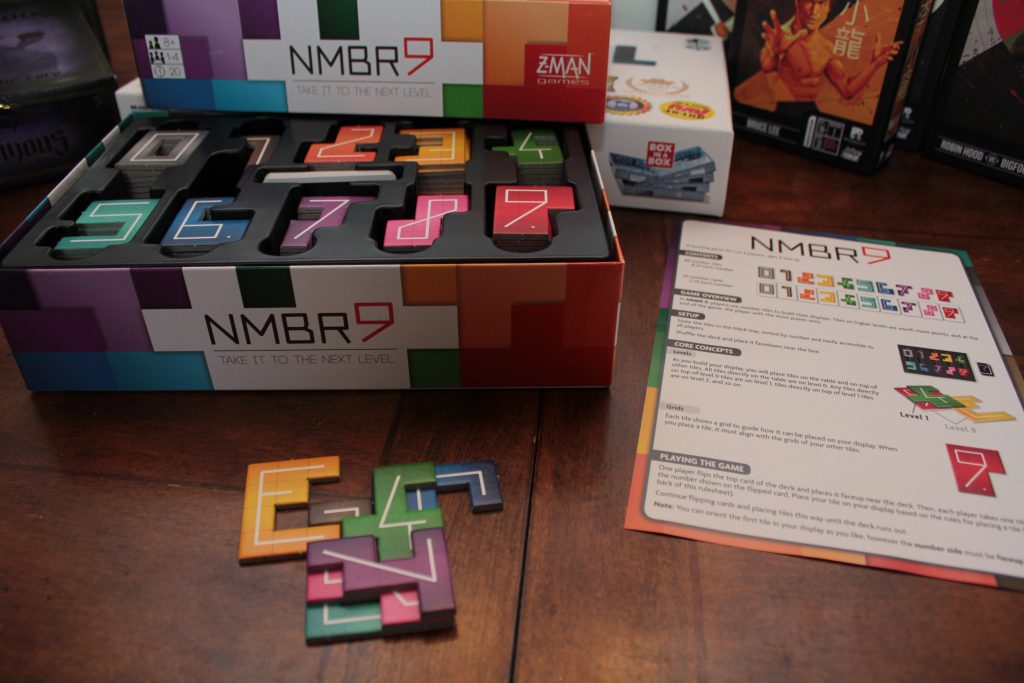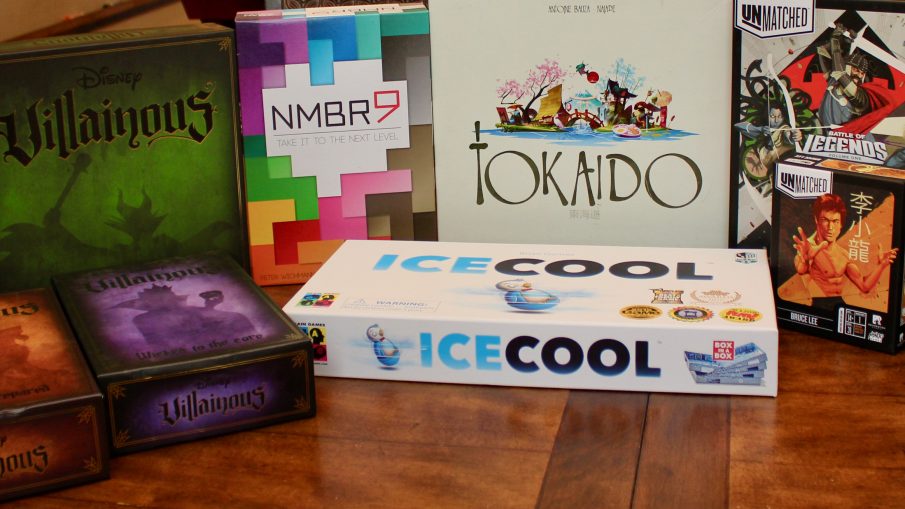This piece is part of a series, the next of which is Quarantine Cycle: Tabletop Games You Can Make at Home.
Many parents found the board games available to them when they were children tiresome as they grew to adolescence, and may view the prospect of entertaining a child with endless games of Monopoly or Uno with dread. Fortunately, as games have grown more popular, the array of games which are accessible to elementary school students (grades 3-5 in my district, roughly ages 8-11) yet tolerable or even fascinating for adults has grown, also. The following are suggestions from recent experiences with my own children, ages 10 and 12.

Disney Villainous (2-6 players)—lovely artwork and elegant pieces accompany a game that introduces a lot of concepts from more complicated games. Some kids just delight in being the bad guy, each pursuing their own goals and hindering other by playing heroes to block others’ plans. While it can run long at higher player counts, it’s very rewarding to see an observant child realize why certain cards have the effects they do, and there’s impressive variety available between the base set of six characters and three standalone expansions of three each. A superb example of licensing which enhances the game.

Unmatched (2-4 players)—another gorgeous production, Unmatched uses a brilliantly streamlined system to represent battles between legendary fighters and their sidekicks. Hand management and timing are key to making the most of your opportunities, so Unmatched is a marvelous tool for teaching those who tend to resist reflection to slow down and consider consequences. But, with games usually lasting only 20 minutes or so, being punished for one’s mistakes tends not to linger in resentment, but instead encourage trying again, perhaps with a different hero. Like the villains from Villainous, each plays very differently. While there’s plenty of variety in the four-player base set of King Arthur, Medusa, Sinbad, and Alice in Wonderland, you can try out the system more cheaply with the standalone expansion of Robin Hood vs. Bigfoot, and my favorite character, Bruce Lee, comes in his own solo expansion.
Tokaido (2-4 players)—a gentle game about touring feudal Japan which gives players points for things like seeing beautiful views and taking baths. If anxiety is getting to you, this pleasant journey might ease your mind for an hour or so. PARKS is a reputedly similar, more recent game with stunning art depicting U.S. National Parks, but availability has been an issue.
ICECOOL (2-4 players)—sometimes, it’s helpful to have a game which is a bit less cerebral, and relies on dexterity rather than pure analysis. This game features penguin students running around their school searching for fish to snack on, but you move your oddly-weighted piece by flicking it. Skilled players can make their penguins jump, corner, and stop at just the right points, so ICECOOL can play the valuable role of occupying a lone child in practice for quite some time. And, for less dexterous parents like myself, it also offers the opportunity to lose to one’s children without throwing the game.

NMBR 9 (1-4 players)—the only game on this list for which one could make a case that the educational payload is obvious enough that children wary of edutainment might balk, NMBR 9 transcends that genre by embedding some multiplication practice in an elegant polyomino-stacking game which rewards careful spatial reasoning and planning. Sleeping Queens is a simpler card game which is better suited for younger mathematicians, but was so beloved when my children were smaller that I couldn’t leave it unmentioned.
The world of modern board games is sufficiently diverse and marvelous that I could write this article several times over without repeating games. If you’re motivated to research more, http://www.boardgamegeek.com is the most comprehensive destination on the web. Most of these games aren’t excessively difficult to come by, often stocked by big box stores or Barnes and Noble, and it’s a superb time to support local game boutiques if you can do so safely. The best prices are often available at specialty online game stores like http://www.gamenerdz.com, which became my go-to after I learned of their relatively low $75 free shipping threshold.



Start the discussion at discourse.statelyplay.com